Location: Lillyvale Feedlot, Condamine Qld
Capacity: 26,500 SCU
2015 Top 25 position: 21 (12,000 head); 2003 position: 15 (12,000 head)
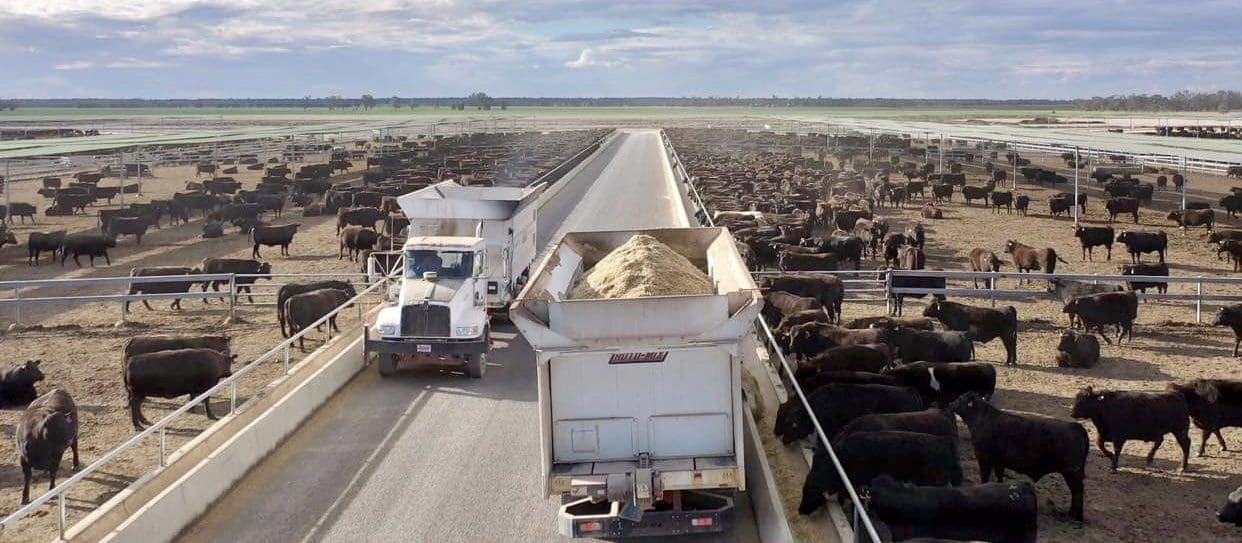
A GROWING emphasis on Wagyu longfed programs have been the primary driver behind a major expansion in feeding operations at Laird and Sonya Morgan’s Lillyvale feedlot near Condamine on the Darling Downs.
As the image above shows, Lillyvale is typical of the current momentum being seen in feedlot expansion across the broader Australian lotfeeding industry, heavily influenced by Wagyu business.
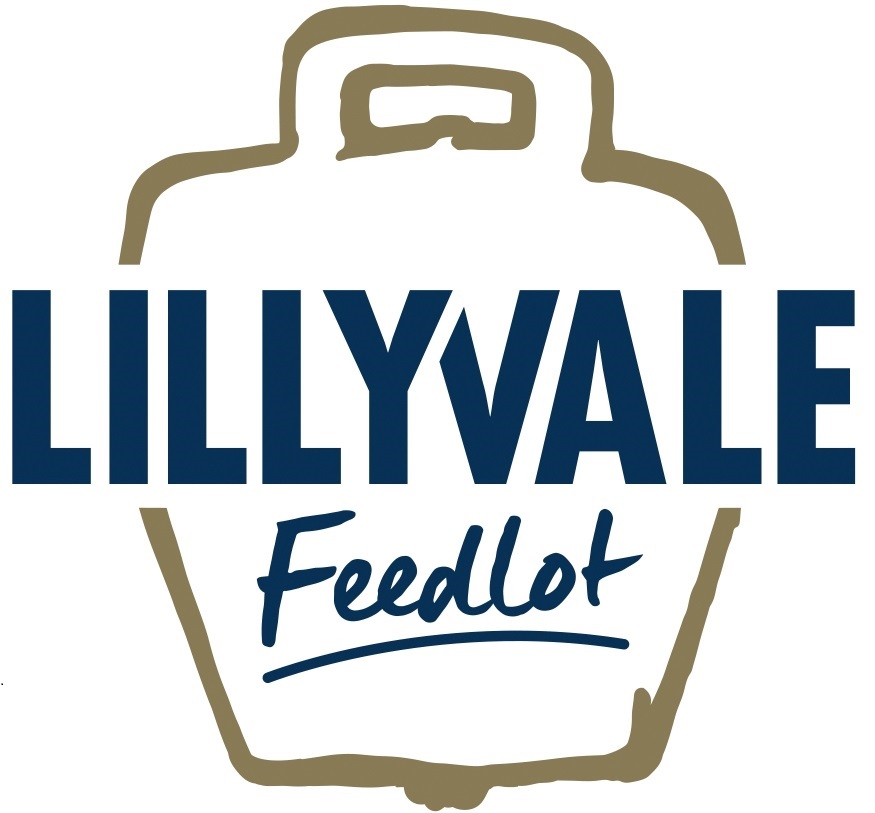
One of the true pioneer feedlots in Australia, Lillyvale was built in the early 1970s by the late Uen Morgan, Laird’s father. Today the business is owned and operated by Laird and wife Sonia, and their family.
The yard’s original capacity was 12,000 Standard Cattle Units, but because it originally fed mostly domestic trade cattle, turnover in the past was up to 48,000 head per year.
The yard has recently completed its second phase of expansion, lifting from 12,000 head to 26,500 SCU today. Capacity is expected to grow further to 34,000-36,000 once odour modelling regulatory work is completed.
The most recent stage carried out by RSA Contractors saw 550,000 cubic metres of earth shifted, 100,000 cu m of gravel brought in, 5.5km of new concrete bunks and aprons poured, 38km of cattle rail laid, 18km of shade erected, plus excavation of drainage and effluent and evaporation ponds, water troughs, concrete structures for grain silos, and more.
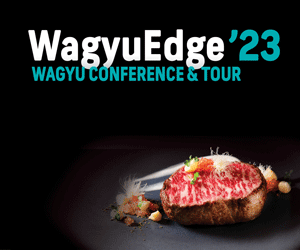 While feedlots like Lillyvale can apply a stocking density of 12sm m/head, the Morgans choose to provide 15sq m/head for Wagyu, because as principal Laird Morgan said, “that’s what these extremely large Wagyu cattle need for optimum performance.”
While feedlots like Lillyvale can apply a stocking density of 12sm m/head, the Morgans choose to provide 15sq m/head for Wagyu, because as principal Laird Morgan said, “that’s what these extremely large Wagyu cattle need for optimum performance.”
He said the rapid expansion in Wagyu feeding operations has seen days-on-feed blow-out – exponentially – in recent times.
“Five years ago, we were probably 70 percent domestic feeding programs (60-70 days), and 30pc 100-day cattle, and feeding no Wagyu at all. It meant our average time spent on feed was around 87 days,” Mr Morgan said.
“Today, 80 percent of our fed cattle are Wagyu, being fed about 400 days for the F1s and 500 days for the Fullbloods. I’d guess our average days-on-feed across the yard is now around 380 days.”
Except for a couple of long-term custom feeding clients feeding conventional cattle, about 90 percent of the expanded feeding capacity at Lillyvale is now being filled with Wagyu. Around 80pc of those are owned by Arubial Pty Ltd (Lillyvale’s parent company) with the balance custom-fed. Ninety percent are F1s, and the balance Fullbloods.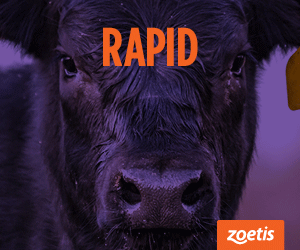
As part of the recent transition, Lillyvale last year ended its Woolworths supply agreement for grainfed supermarket cattle – a program that has been a ‘backbone’ of the business’s feeding programs for the past 34 years. In fact Lillyvale was among the oldest Woolworths contract-holders in Queensland.
One of the big advantages in terms of yard management with Wagyu is lower stock turnover.
“Once they are in the yard and on feed, they only turn over every 400 days. It means we don’t need to find the same number of feeder cattle that we once did, when feeding supermarket steers and heifers,” Mr Morgan said.
“With that comes a lot of benefits. Not having to process and induct cattle so often means we can operate at the same capacity, but with less labour. In our case, the first 30 days happens only once every 400 days, instead of every 80 or 90 days.”
“It means we’re running the yard with more than double the original capacity, with only 30 percent more labour.”
Major water project
As with any feedlot development, adequate, reliable and good quality water is an absolute pre-requisite for growth.
Lillyvale’s solution was to undertake an ambitious bore drilling project, tapping into the Precipice artesian reserve under an Intensive Water license.
What eventuated was the deepest agricultural bore drilled anywhere in the southern hemisphere – some 2100 metres (6885 feet) deep. Originally, the expectation was that good water might be found at around 1300 metres, but the decision was made to press on, and on, as it turned out, to seek better supply.
The final cost, at the time the bore was sunk, was $1.7 million – but that investment has provided the platform for the major feedlot expansion seen today.
As this image shows (click to enlarge), the water comes out of the ground at 87 degrees C, but it is good quality potable water for livestock use. Flow rates would be big enough to support the entire town of Roma with domestic water supply. Ponds and underground pipes are used for the cooling process before use.
Supply relationships
The transition from domestic-oriented feeding to Wagyu has meant that the Morgans have had to go into the market to establish a new network of feeder cattle suppliers.
“We’ve been lucky in that Matt Edwards (Wagyu live exporter, from Edwards Livestock), is a family relation, and he already had good networks with Wagyu breeders. We’ve been able to tap into that, initially taking the sisters of the steers sent for live export, and expanding from there,” Mr Morgan said.
The new pens at Lillyvale were being filled with Wagyu feeders last year “virtually as the welding finished on the last gate hinge.”
He said among the cohort of feedlot operators in Queensland he mixed with, virtually all had embraced more Wagyu operations in recent times – if at varying percentages.
“Some years ago, there was a small bunch of specialist Wagyu cattle feeders in the industry. Now it is much more widespread,” he said.
“That’s partly because there are a lot more Wagyu branded beef programs being done – but on top of that, the older, existing Wagyu brand programs are all wanting to double in size, and are looking for more pen space and cattle to supply their programs.”
Shedding prospect
Laird and Sonya Morgan are currently sizing-up opportunities to install permanent shedding in their Lillyvale yard, as part of the move into Wagyu. Effective shade has been show for decades to improve marbling and feeding performance in Japanese feedlots, which are universally under shed structures.
“One of the reasons we have not started a shedding project yet is that the Queensland Department (DAF) has not yet finalised what the feedlot stocking density limit under shed structures will be. Those who have already built shed cover do not really have any security yet over whether it is the right sized shed, for the number of cattle they aim to house.”
“If we are going to invest in expensive shedding infrastructure, we want to be able to do it in the most efficient way possible, aligning pen sizes with the number of cattle we want,” Mr Morgan said.
“We’ve certainly looked at it. Our preference is for dairy style sheds, with fans and misters, but designs may change, depending on run-off water and other factors,” he said. “In our case, we will want to run sheds east/west for sunlight reasons, rather than north/south, as used in open pens.”
Mr Morgan agreed that the application of permanent shedding instead of shadecloth cover in feeding pens presented some unique opportunities.
“Some regions of Australia used to be ruled-out for practical lotfeeding operations, because of the potential for high annual rainfall to cause muddy pen conditions and runoff.
“But with shedding, the rainfall factor is no longer a consideration. It could see more feedlots emerge in areas like North Queensland,” he said.
Click here to return to Top 25 Lotfeeders table.
Click here to access all Top 25 Lotfeeders articles, as they appear in coming weeks
Feature proudly presented by Zoetis Australia and its products, BOVI-SHIELD MH-ONE, RHINOGARD and SYNOVEX


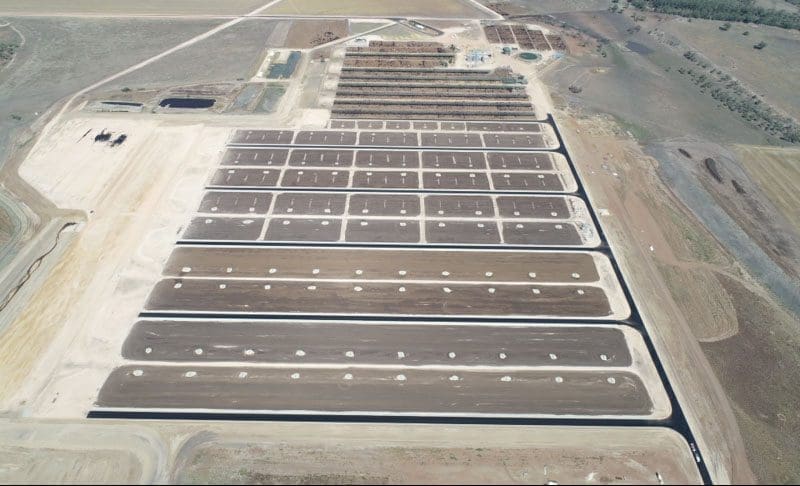


HAVE YOUR SAY